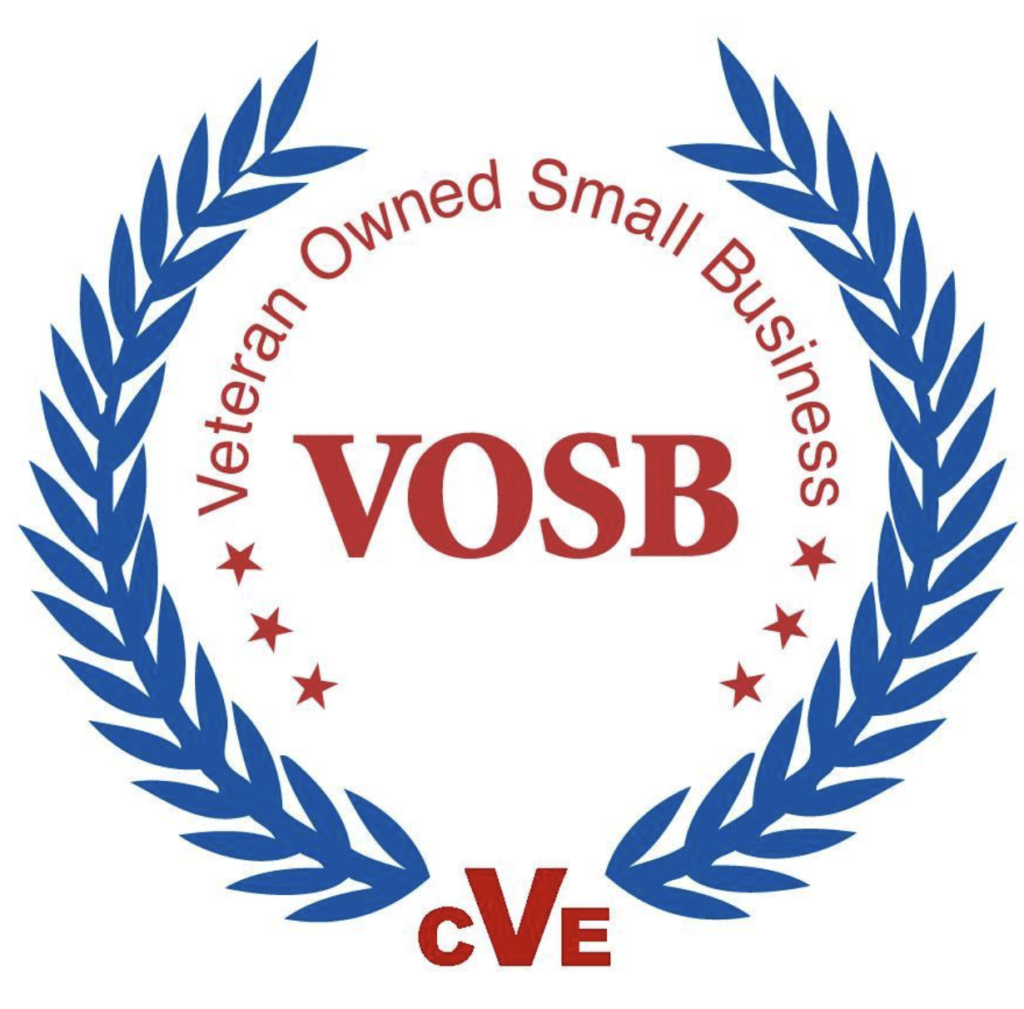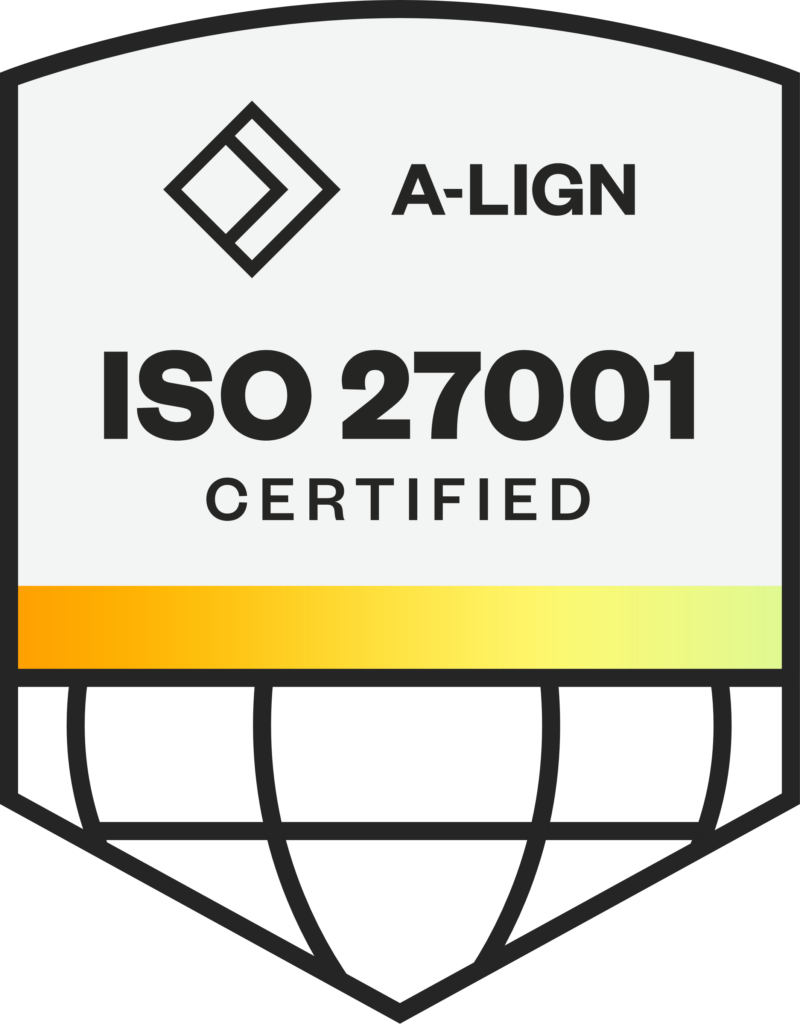Having a business process definition alone is not enough
One of the challenges with managing a data center and maintaining a DCIM (Data Center Infrastructure Management) is ensuring that business processes are followed precisely − every time they are executed.
Simple tasks like deploying or decommissioning servers can be problematic when the DCIM solution is not updated to keep it in sync with physical changes as they are made.
The challenge to the integrity of your asset data is human error. Clicking on the wrong asset, mistyping a serial number, selecting the wrong asset state – over time these errors accumulate and degrade the accuracy of your inventory management, or result in missed steps, like sending out correct notifications as defined in a process.
Repetition of the same process or tasks can contribute to careless mistakes like missing a step of a sequence or a typographical error. If the actions are not recorded in some automated fashion by the system, then finding these errors can border on impossible.
This challenge is made significantly more complex when there is staff turnover and requires ongoing training because user knowledge, simple policy documentation, and human memory are used to manage processes.
Workflow solutions attempt to address this issue by providing procedures for employees to follow as they perform their job duties. The workflow solutions themselves can be problematic to design and deploy. List-based workflows require careful examination to ensure that the sequence is defined correctly. Workflows that provide direction but do not interact with the user offer little advantage in reducing these errors.
Workflows Should be Fully Integrated
To address these challenges an integrated workflow should now be considered mandatory for a complete Data Center Infrastructure Management solution. Not just a workflow that shows a checklist, but a solution that interacts with the user throughout the process, actively reducing errors.
A defined and controlled process by nature will improve the accuracy of the process – presuming opportunities for errors and misunderstanding have been reduced or eliminated.
Graphical displays for workflows make a process easier to understand, which can improve understanding of a task within the overall process. This clarity of intent can avoid misunderstanding and thus mistakes in the process. A graphical workflow display provides an advantage but is not enough.
An integrated workflow that interacts with the user interface for each task (step) of a process provides the optimal solution to this challenge. If the workflow guides the user through the steps, it can prevent common errors of omission like accidentally (or intentionally) bypassing a step of a process.
A fully integrated workflow that interacts with the activities themselves provides the greatest advantage in this effort to reduce human error. The degree of integration and configurability of the workflow can greatly affect the accuracy of the user actions.
If the user is editing connections for an asset and the workflow can automatically display the editor for the already selected target asset, you prevent the user from accidentally editing the incorrect asset.
If the user is adding a network connection and the workflow solution can open the connection editor AND restrict the activity to adding a connection AND prevent connection deletions, it further reduces the chance of human error.
If the workflow solution automatically sends notifications to affected parties or updates a helpdesk ticket, another chance for errors is removed.
Building and Managing Workflows
Any workflow solution should track all user activity in complete detail. Each action in each step should be logged with date-time, the aspect that was changed, and the value change. This allows for full auditing and accountability for your defined processes.
Your workflow solution should allow you to build and modify your own custom workflows or modify provided workflows without ever having to go back to the vendor and should not be dependent on vendor services. This ability should include defining the integration actions with the underlying Data Center Infrastructure Management capabilities.
Workflows should be importable, exportable, and easy to modify. For example, the industry-standard BPMN 2.0 (Business Process Model Notation 2.0) provides a standardized format for defining business processes. Compatibility with a standard like this offers the advantage of being able to download or transfer workflows easily – such as professional services for business process development.
Using a standard workflow definition format enhances the ability to manage the evolution of a workflow to refine or adjust to changes in the business process, or to adjust to better capture the existing process. This ability translates to better management of versioning.
Version control should provide an avenue to manage execution when a workflow definition is changed. If a workflow is already in process using an existing definition and the definition is changed — the existing workflows must either be completed in their original definition or canceled entirely. This is mandated by a process. The new definition may rely on some status part way through the definition that is not defined or captured in the old workflow.
The result is that a workflow engine must be capable of both paths. It must either allow an active workflow to continue in the original definition while new workflows use the new definition or allow the active workflows for the old definition to be canceled in their entirety.
Modius® OpenData® Offers a Fully Integrated Workflow.
The workflow engine provides a fully managed interaction by directly interacting with the user interface.
Interactions are highly configurable. For example, when editing connections, you can specify if the user can add, edit, or delete, as well as the type of connections they can interact with. Asset state changes can limit the selectable options for the change. This configurability results in reduced human error, regardless of the experience level or training of the employee.
All activity for all tasks and all changes to your infrastructure data are fully tracked in detail and are available for audit and export.
Our workflow is graphical from design to execution. The workflows are defined and edited in a graphical drag-and-drop editor and are converted into an executable sequence of tasks, with the current state and task being shown in a graphical format for a clear understanding of the state and progress. These workflows can be created and edited by the end user, including defining Data Center Infrastructure Management interactions, without any dependency on Modius or services.
OpenData workflows are based on the BPMN 2.0 model, allowing any BPMN 2.0 workflow to be utilized as the base of an OpenData workflow, providing excellent interoperability with any workflow definition in this format.
If you are looking for a next-generation DCIM solution that can help you gain higher efficiencies, consider Modius OpenData. OpenData provides integrated tools including machine learning capability to manage the assets and performance of colocation facilities, enterprise data centers, and critical infrastructure. OpenData is a ready-to-deploy DCIM featuring an enterprise-class architecture that scales incredibly well. In addition, OpenData gives you real-time, normalized, actionable data accessible through a single sign-on and a single pane of glass.
We are passionate about helping clients run more profitable data centers and providing operators with the best possible view into a managed facility’s data. We have been delivering DCIM solutions since 2007. We are based in San Francisco and are proudly a Veteran Owned Small Business (VOSB Certified). You can reach us at sales@modius.com or (888) 323.0066





